Cloth: 978-0-252-03453-4 | eISBN: 978-0-252-09222-0
Library of Congress Classification PN4864.R38 2009
Dewey Decimal Classification 071.309034
At the same time, the United States felt the influence of the rise of popular mass-circulation newspapers and magazines and the surge in American book publishing. Concern over living correctly as well as prosperously was commonly discussed by leading authors and journalists, who were now writing for ever-expanding regional and national audiences. Women became more important as authors and editors, giving advice and building huge markets for women readers, with the magazine Godey's Lady's Book and novels by Susan Warner, Maria Cummins, and Harriet Beecher Stowe expressing women's views about the troubled state of society. Best-selling male writers--including novelist George Lippard, historian George Bancroft, and travel writer Bayard Taylor--were among those adding their voices to concerns about prosperity and morality and about America's place in the world. Writers and publishers discovered that a high moral tone could be exceedingly good for business.
The authors of this book examine how popular writers and widely read newspapers, magazines, and books expressed social tensions between prosperity and morality. This study draws on that nationwide conversation through leading mass media, including circulation-leading newspapers, the New York Herald and the New York Tribune, plus prominent newspapers from the South and West, the Richmond Enquirer and the Cincinnati Enquirer. Best-selling magazines aimed at middle-class tastes, Harper's Magazine and the Southern Literary Messenger, added their voices, as did two leading business magazines.
See other books on: 1783-1865 | Books and reading | Moral conditions | Publishers and publishing | Wealth
See other titles from University of Illinois Press
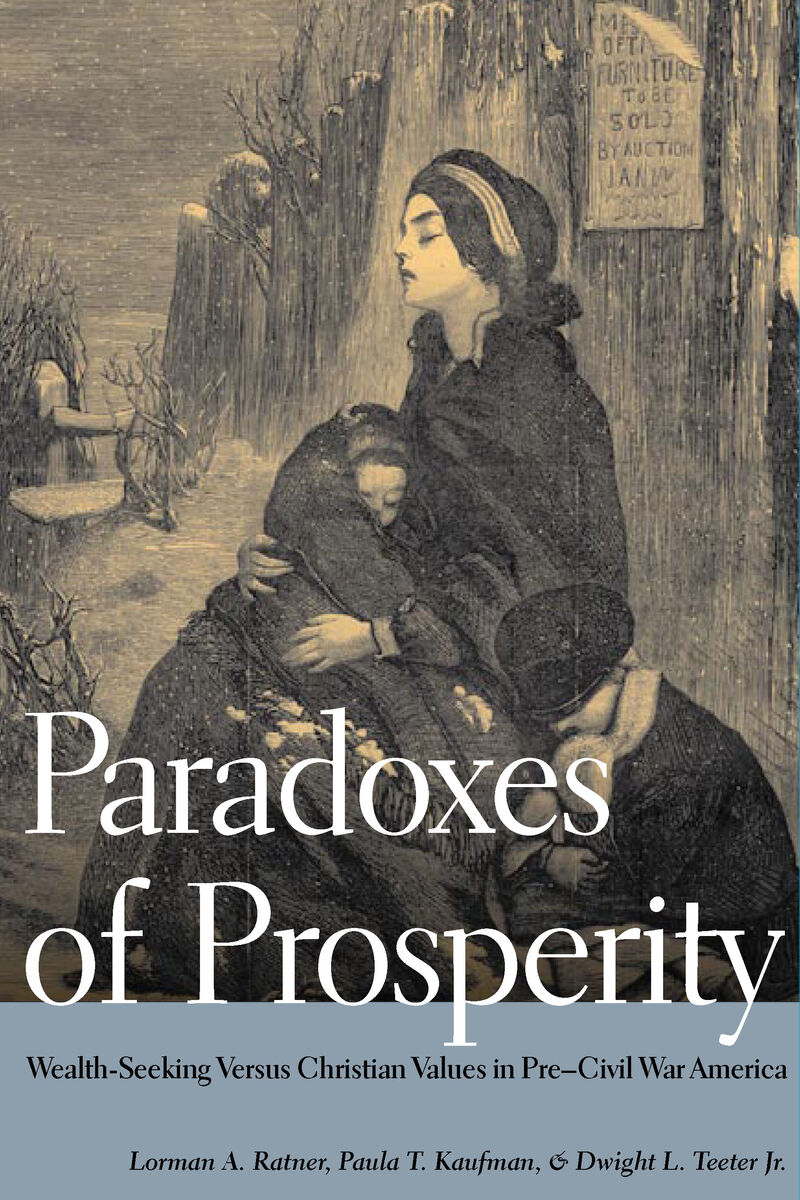


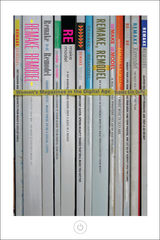
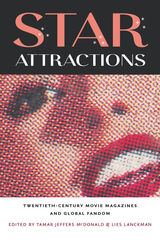
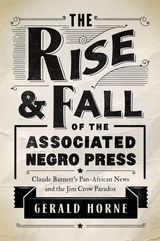
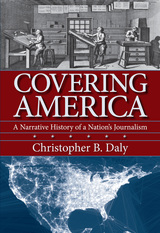
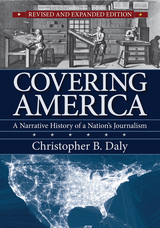
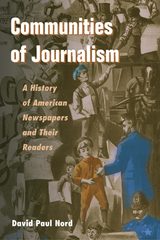
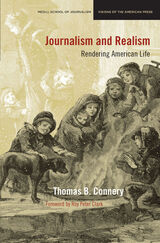
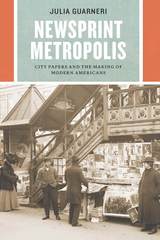
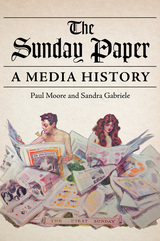
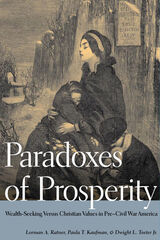
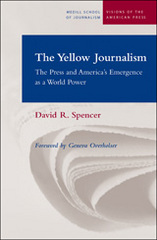
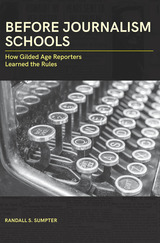
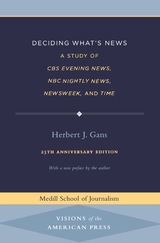
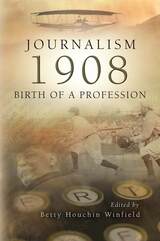
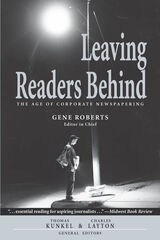
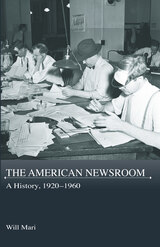
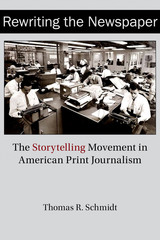
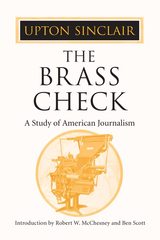
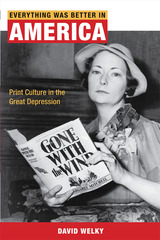
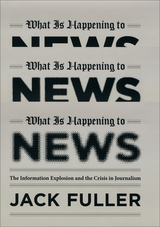
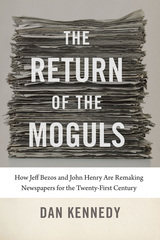
![The Vanishing Newspaper [2nd Ed]: Saving Journalism in the Information Age](https://www.bibliovault.org/thumbs/978-0-8262-1858-2-thumb.jpg)


